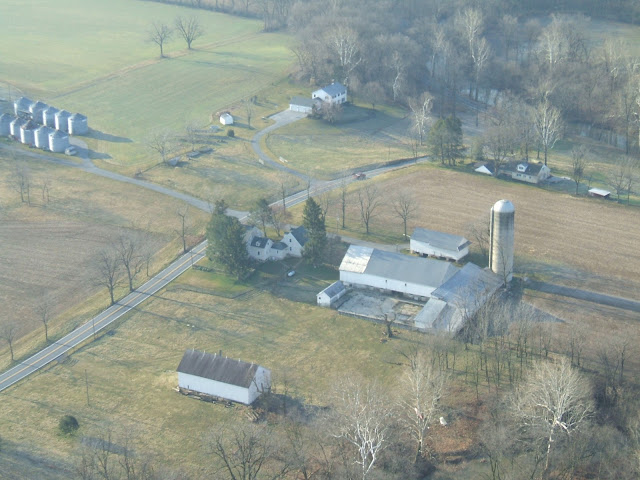Devoted readers of the Aubrey-Maturin series by Patrick O’Brian (“The canon” written by “POB” for those in the club) have read (and listened to Patrick Tull read) the entire 21-book series several times. Given Hollywood’s record of Disneyfying beloved novels, one can be excused for being less than enthusiastic about a film based on the series.
Thus, like every other POB aficionado, I approached Master and Commander: The Far Side of the World with trepidation. What film could convey even a hint of the rich depths of the novels? How many "screen adaptations" have fallen short by trivializing the characters, or oversimplifying the relationships, situations, and resolutions?
I’d been pleasantly surprised by the Lord of the Rings movies (even though the characters were frightfully simple compared to those portrayed by Tolkien). LOTR proved somewhat faithful commitment to the spirit of the books -- if not the letter -- was possible.
First, it’s important to understand that while the setting of the canon is the Royal Navy in the Napoleonic era, the human condition is the true subject. O'Brian charts Aubrey and Maturin's lives through the vagaries of fortune, friendships, difficult families, poverty and wealth, honor and shame, success and failure. The relationship between Captain Jack Aubrey, RN and Doctor Stephen Maturin remains the core of the work and is what makes the books so compelling.
Second, novels are meant to be read, and the reader must create in his or her mind the circumstances, the tone of voice, the time of day and all the other factors that come to mind as we read. Very often the author will use vague yet evocative language. Maturin’s love interest Diana is often described as “dashing” – which may evoke a very particular physical presence in one reader and not another. And so, each reader brings a host of memories that are either confirmed in film or –- more likely – contradicted. This is no way to make friends.
The first time I watched Master and Commander I was happily surprised by the way actors Russel Crowe and Paul Bettany portrayed Jack and Stephen (people I came to know so well). While Bettany does not look Spanish and doesn’t sound Irish, is not “slight” or have "reptilian eyes,” his mannerisms and deep well of inner life and competence are apparent. Some roles are somewhat miscast, such as Bonden (who is described a strapping bare-knuckle prizefighter). Others are spot-on, such as Killick, Aubrey’s perpetually put-out foremast jack steward, and Tom Pullings, Jack’s loyal and competent lieutenant. But Crowe is absolutely convincing as Lucky Jack and commands the screen as Jack commanded a quarterdeck.
The storyline is a rather simple chase using vignettes culled from plots across several books. (Master and Commander was the first book of the series, early in Jack’s career when he was not yet a Captain and did not yet command HMS Surprise). Nevertheless, the care and dedication to the accuracy of the period was apparent from the opening montage. Every scene is perfectly framed. There is no sequence that seems out of place, awkward, or gratuitous. Even the hard, grizzled, superstitious seamen display moments of tenderness, solicitude, and grace.
On each successive viewing, I do less comparing and more appreciating. Peter Weir’s film artfully conveys the spirit of the books while avoiding any single story. The film ignores Jack and Stephen’s life ashore, espionage, romance, dalliances, rambunctious families, scheming admirals, political intrigue, churlish mother in-law, dashing Diana, the horrible old Leopard, and the murderous Dutch 74 Waakzaamheid. We readers know the tapestry of situations and relationships, failures and triumphs behind the characters portrayed on film, and nothing the actors do contradicts our consciousness of these old friends. Nothing they do or say is anomalous to the people we have come to know.
This may be the film’s greatest achievement. For while the film is masterfully shot with convincing action scenes and perfect framing — directed so that the actor’s glance speaks volumes; edited so that every ambient sound supports the narrative; scored masterfully using both period and modern music to lovingly capture the mood — The film’s greatest accomplishment is what is does not do: it never panders, and it never breaks the trust of the loyal fan of the best historical novels yet written.





























